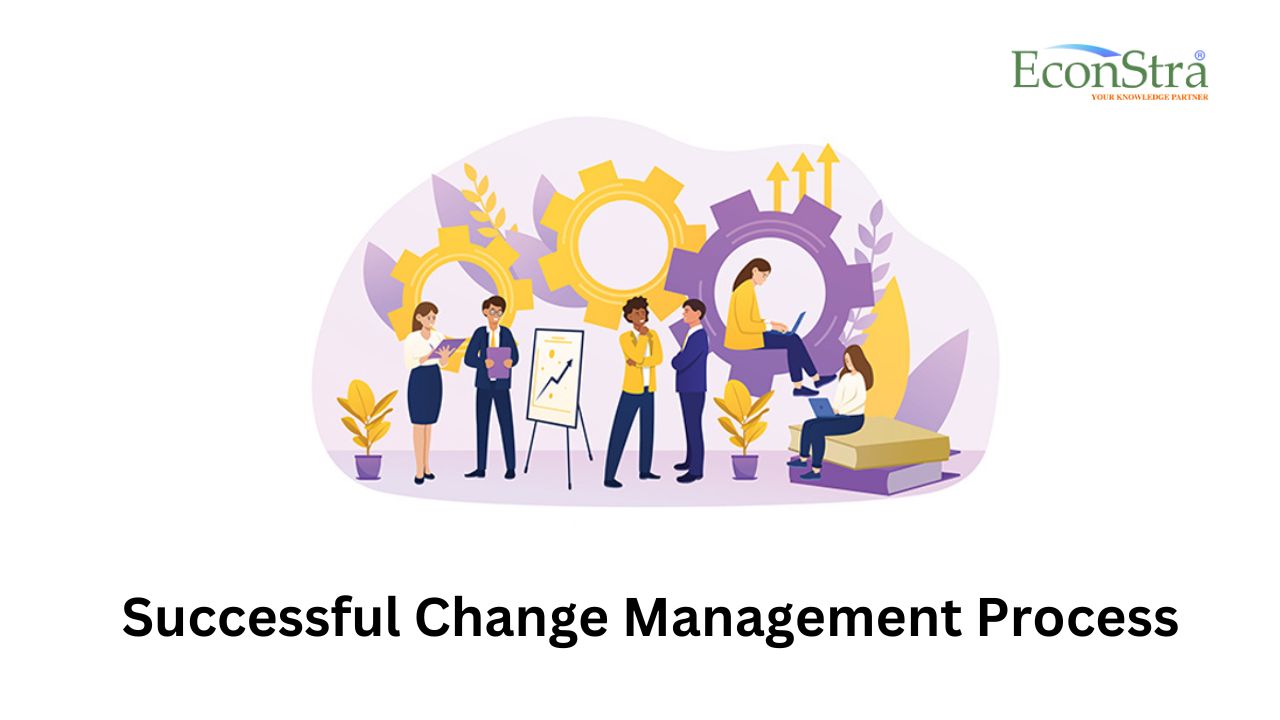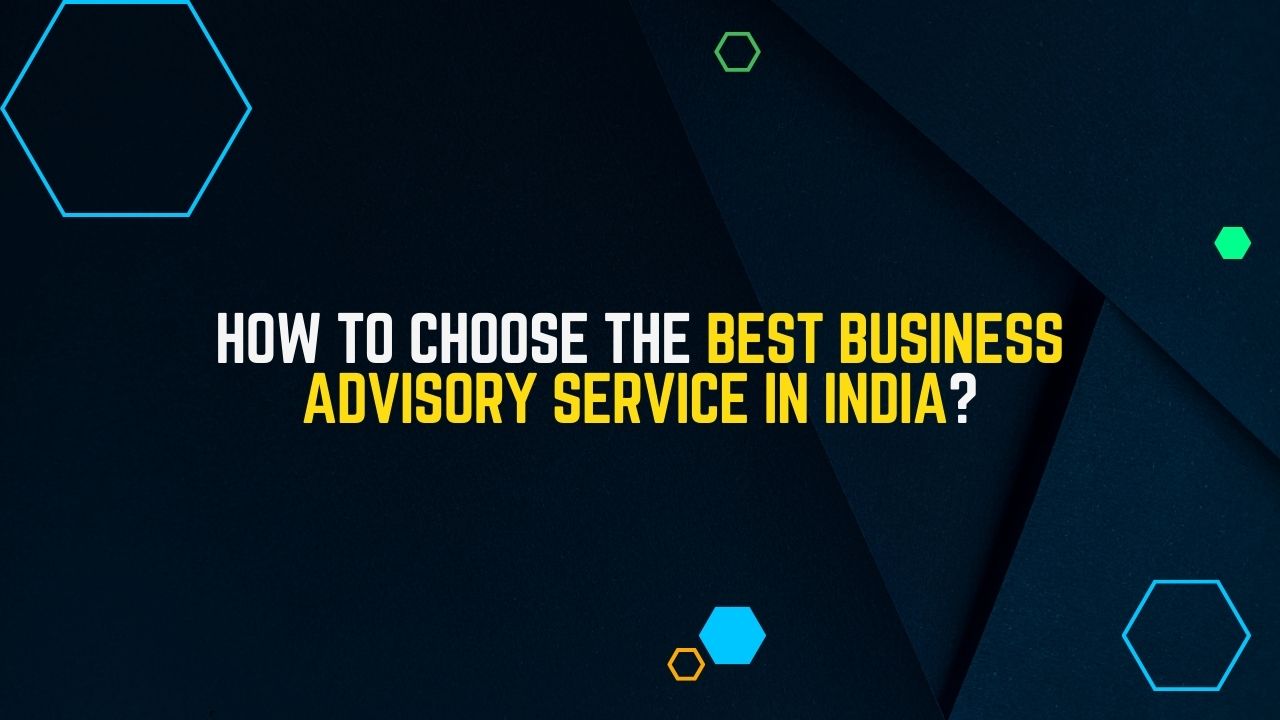by Soumyajit Admin
Share

In today’s fast-paced business environment, change is not just inevitable; it’s essential for growth and survival. Whether it is adapting to new technologies, responding to market shifts, or restructuring internal processes, businesses must be adept at managing change effectively.
However, implementing change management strategies can be challenging without a clear roadmap.
So, today, here, in this blog post, we will explore the key steps for implementing change management and driving successful business transformation.
Understanding Change Management
Before initiating the journey of implementing change management, it’s imperative to grasp the essence of this crucial process. Change management encapsulates a structured approach towards orchestrating transformations within an organization. It spans from meticulously planning the alterations to skillfully executing them, all the while ensuring effective management throughout the transition.
Steps for a Successful Change Management Process In Business
At its core, change management aims to guide individuals, teams, and the organization at large from their existing state to an envisioned future state. It’s not merely about making adjustments, but rather about fostering a culture of adaptation, resilience, and growth. By embracing change management, organizations can navigate through complexities, overcome resistance, and ultimately achieve their desired outcomes with greater efficiency and success.
Step 1: Define the Vision and Objectives
Establishing a clear vision and objectives serves as the foundation of effective change management. This involves clarifying the reasons driving the change, the desired results, and how they align with overarching organizational goals. A compelling vision not only rallies support but also imbues employees with a sense of purpose. By articulating the change’s importance and potential impact, leaders ignite commitment and enthusiasm, propelling the change initiative toward triumph. With a shared understanding of the vision and objectives, stakeholders are motivated to contribute their efforts, fostering collaboration and driving the organization toward its transformative goals.
Also read: Top Strategies For Successful Change Management In Your Company
Step 2: Communicate Effectively
Effective change management hinges on robust communication. Transparently conveying the change vision, objectives, and rationale mitigates uncertainty and resistance among employees. Leveraging diverse communication channels such as town hall meetings, emails, intranet updates, and one-on-one sessions ensures widespread awareness and engagement. This inclusive approach keeps everyone informed and involved, fostering a supportive environment for embracing and implementing change seamlessly. Clear and consistent communication serves as the cornerstone, guiding employees through transitions, aligning efforts with organizational goals, and cultivating a culture of adaptability and resilience. Ultimately, it’s the interconnectedness between communication and change management that propels organizations toward success in navigating transformational journeys.
Step 3: Assess Readiness and Impact
Before implementing changes, assessing the organization’s readiness and the potential impact of proposed alterations is paramount. Through readiness assessments and impact analyses, leaders discern potential obstacles, evaluate employees’ readiness for change, and anticipate unintended consequences. Armed with this insight, leaders can devise mitigation strategies and tailor change management approaches to the organization’s unique circumstances, facilitating a smoother transition and increasing the chances of success. These proactive measures enable leaders to address concerns effectively, alleviate resistance, and garner support from stakeholders. By meticulously evaluating readiness and impacts, organizations can navigate change more adeptly, fostering an environment conducive to innovation, growth, and sustained success.
Also read: Embracing Automation In Business Management Systems
Step 4: Engage Stakeholders
Successful change management relies on actively involving key stakeholders at every level of the organization. Early identification and engagement of stakeholders are crucial, as it allow for soliciting their input, addressing concerns, and gaining their buy-in. This inclusive approach fosters a sense of ownership and commitment among stakeholders, amplifying their support for the change. By transforming stakeholders into champions and advocates, organizations can enhance the success of change initiatives. Their enthusiastic participation not only strengthens support but also inspires others to embrace the evolving organizational paradigm, leading to smoother transitions and greater overall success in achieving strategic objectives.
Step 5: Develop a Comprehensive Plan
A well-designed plan is fundamental for executing successful change management endeavors. Craft a detailed change management blueprint outlining specific steps, timelines, responsibilities, and required resources. Divide the plan into manageable phases and establish clear milestones to track progress effectively. Flexibility is essential, as adjustments may be necessary based on feedback and evolving circumstances. By adhering to a structured plan while remaining adaptable, organizations can navigate change with agility and accomplish desired outcomes efficiently. This approach fosters alignment, minimizes disruptions, and instills confidence among stakeholders, enabling the organization to embrace change proactively and achieve its strategic objectives with resilience and precision. Through meticulous planning and flexibility, organizations can navigate the complexities of change management with confidence and achieve sustainable success.
Also read: Effective Solutions For Business Management Problems
Step 6: Provide Training and Support
Change demands the acquisition of new skills, knowledge, and behaviors. Providing ample training and support equips employees with essential tools and resources for successful adaptation. This may include workshops, seminars, online courses, job aids, and mentorship programs. Fostering a culture of continuous learning and growth nurtures resilience and adaptability within the organization. Investing in employee development enhances the organization’s ability to navigate change and excel in dynamic environments. By empowering employees with the capabilities needed to embrace change, organizations not only ensure smoother transitions but also cultivate a workforce that is agile, innovative, and prepared to tackle challenges head-on, ultimately driving long-term success and sustainability.
Step 7: Monitor and Evaluate Progress
Continuous monitoring and evaluation are essential for assessing the effectiveness of change management efforts and enabling prompt adjustments. Establishing metrics and key performance indicators (KPIs) helps quantify progress toward achieving desired outcomes. Soliciting feedback from employees, stakeholders, and customers is crucial for identifying areas needing improvement and addressing emerging challenges promptly. Cultivating a culture of feedback and responsiveness allows organizations to iteratively refine their strategies, ensuring alignment with objectives and maximizing the likelihood of success. By actively engaging with stakeholders and remaining attentive to changing dynamics, organizations can adapt swiftly to evolving circumstances, enhance their resilience, and drive sustained progress toward their goals in a rapidly changing environment.
NOTE:
Econstra, one of the best of the best business consultants, understands the pivotal role of effective change management in driving business success, and our comprehensive task management solutions are tailored to facilitate seamless transitions. In alignment with the article ‘8 Steps for a Successful Change Management Process In Business,’ Econstra emphasizes the importance of clear communication, stakeholder involvement, and strategic planning in navigating organizational change. By leveraging our platform, businesses can streamline their change management process, ensuring that every step, from identifying the need for change to implementing and sustaining it, is executed efficiently. With Econstra, businesses can confidently embrace change as an opportunity for growth and innovation, driving sustainable success in today’s dynamic marketplace.
Step 8: Celebrate Successes and Learn from Failures
Recognizing and celebrating successes, regardless of size, is instrumental in uplifting morale and reinforcing the advantages of implemented changes. Acknowledge both individuals and teams for their contributions and achievements throughout the change journey. Equally important is the acknowledgment of failures or setbacks. Rather than shying away from them, view these instances as valuable learning opportunities. Embrace failures as chances to refine strategies and approaches for future change endeavors. By openly acknowledging both successes and failures, organizations foster a culture of transparency, resilience, and continuous improvement. This approach not only boosts morale but also cultivates a sense of ownership and accountability among employees, propelling the organization toward greater success and innovation in navigating future transformations.
The Bottom Line
Implementing change management is a complex and multifaceted process that requires careful planning, communication, and execution. By following the key steps outlined in this blog post, organizations can navigate change effectively and drive successful business transformation. Embrace change as an opportunity for growth and innovation, and empower your employees to adapt and thrive in an ever-evolving business landscape.
Whether you are embarking on a digital transformation journey, restructuring your operations, or implementing new processes, effective change management is the cornerstone of success. Start by defining a clear vision, communicating transparently, engaging stakeholders, and providing support every step of the way.
With a strategic approach and a committed team, your organization can overcome resistance, embrace change, and emerge stronger than ever before.
STAY IN THE LOOP
Subscribe to our free newsletter.
In today’s fast-paced, dynamic business environment, the success of any organization hinges on the performance of its teams. High-performing teams are not just a product of chance; they are meticulously crafted through effective leadership and strategic talent management. Today, here, in this blog post, we delve into the intricacies of developing high-performing teams, exploring the […]
In the realm of teamwork, effective communication acts as the glue that holds everything together. Whether you are collaborating on a project, managing a team, or striving for a common goal, clear and open communication is paramount to success. However, despite its significance, communication gaps often plague teams, leading to misunderstandings, delays, and frustration. Here, […]
Welcome aboard the journey of unlocking the true potential of your business through the art of sales strategy. In a landscape where competition is fierce and markets are ever-evolving, developing a winning sales strategy is not just an option; it’s a necessity for survival and prosperity. Whether you are a budding entrepreneur or a seasoned […]
Are you a business owner in India looking to propel your company to new heights of success? As the entrepreneurial landscape continues to evolve, navigating the complexities of running a business requires expert guidance. This is where a top-notch Business Advisory Service in India becomes invaluable. With the right advisory partner by your side, you […]





